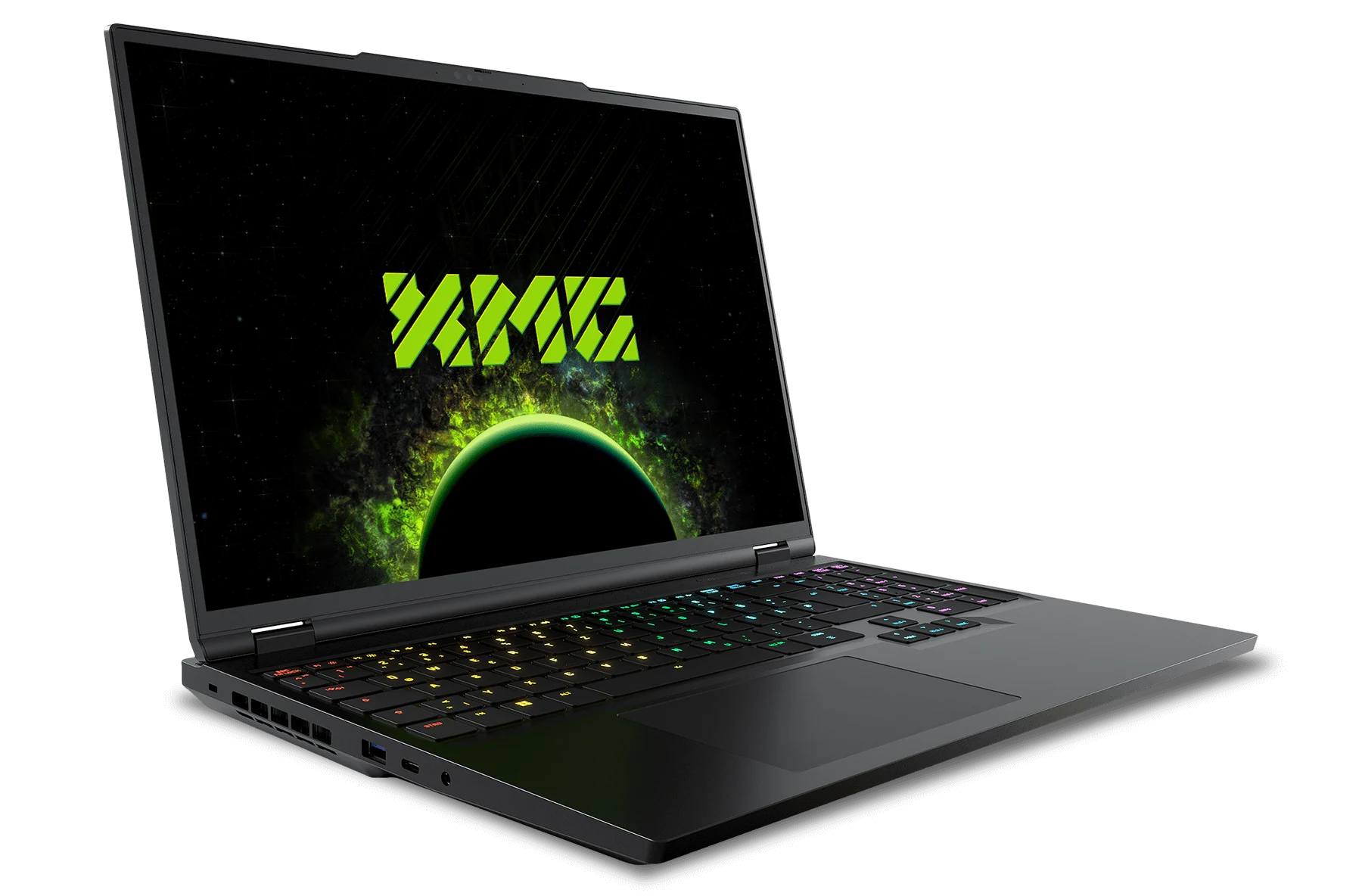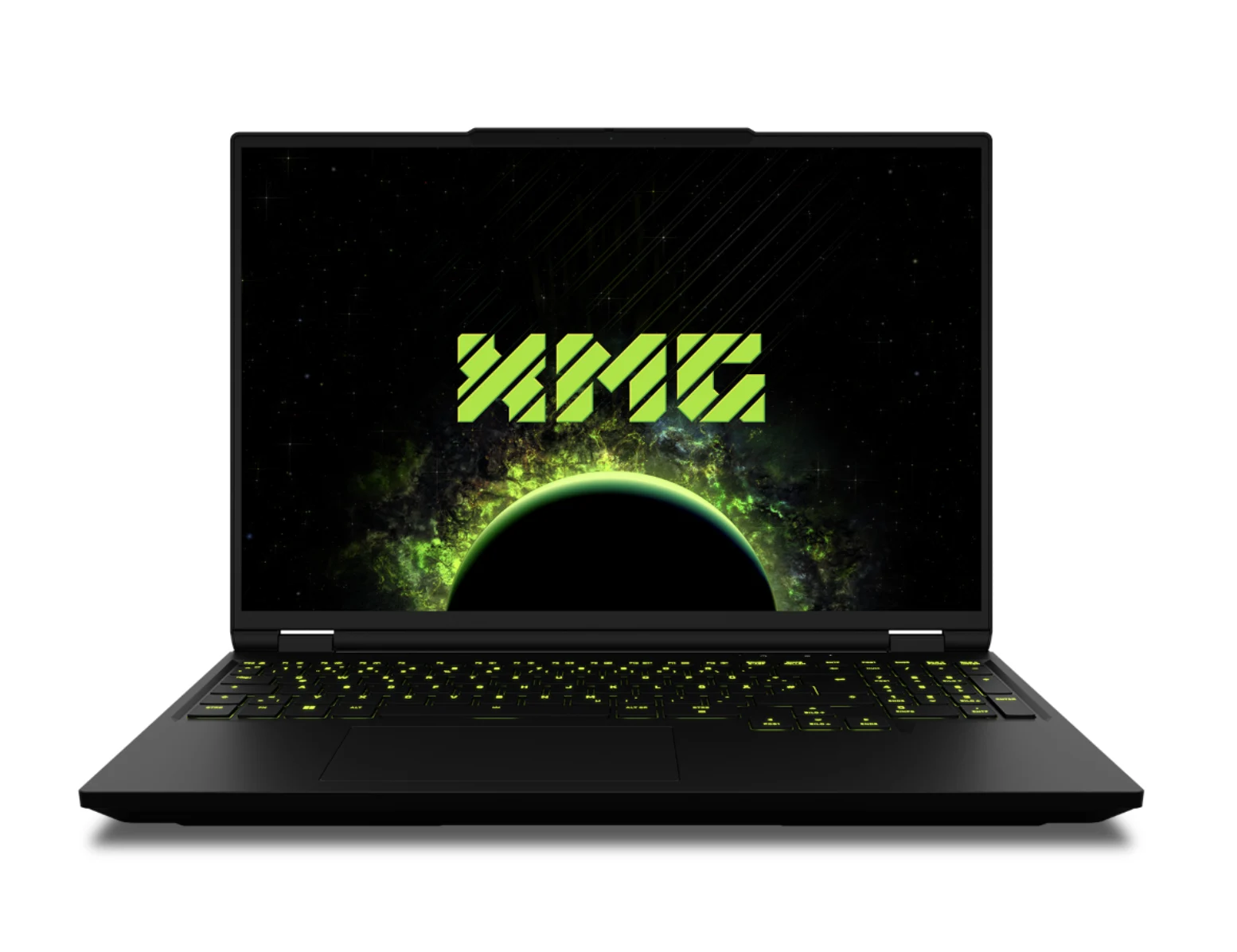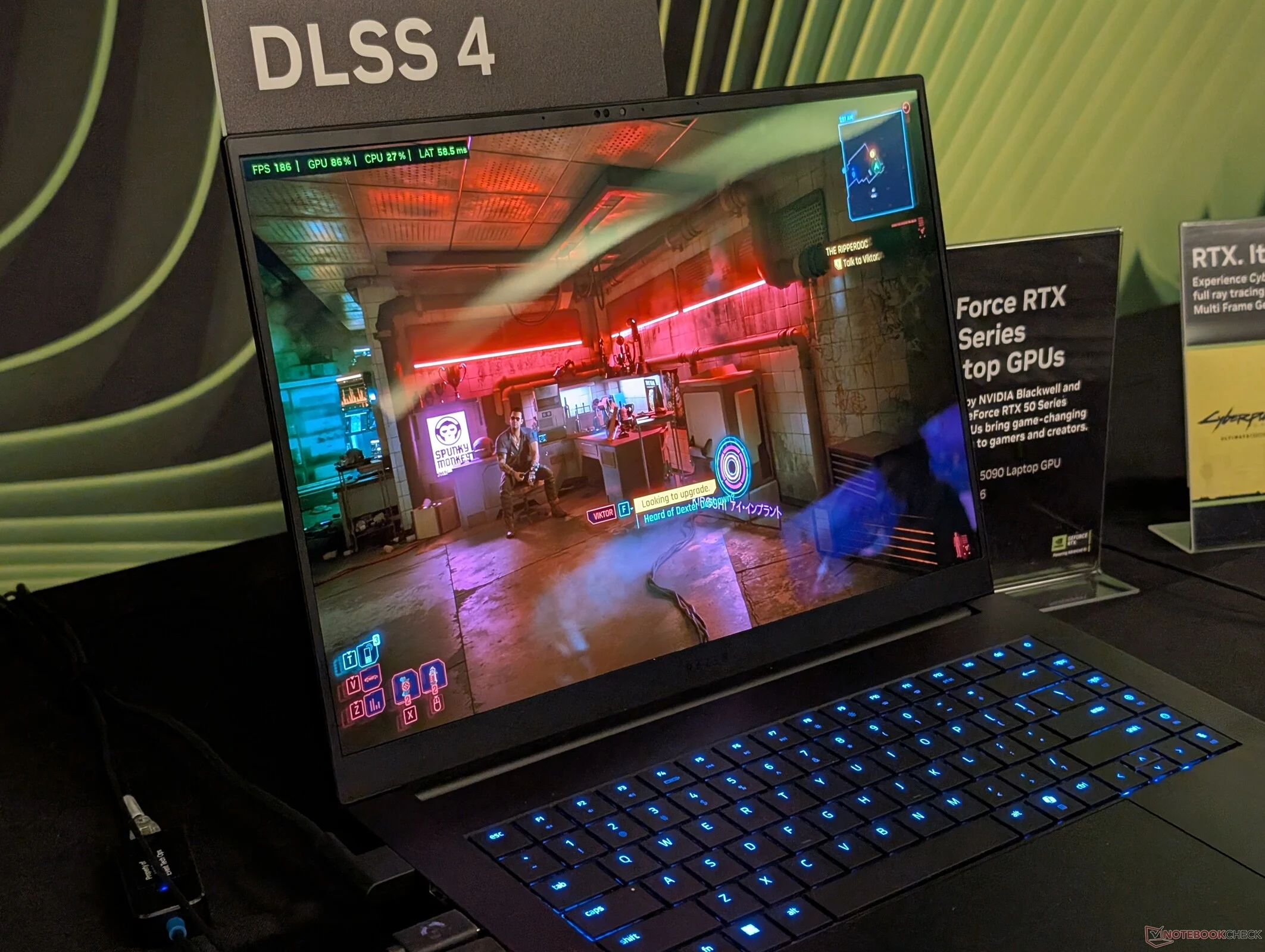Key Takeaways
1. Performance Boost: Upgrading from a gaming laptop with GeForce RTX 4080 to one with RTX 5080 can yield a performance increase of approximately 30 to 35 percent based on 3DMark benchmarks.
2. Real Game Improvements: The performance difference is also reflected in actual games, with titles like Cyberpunk 2077 and Strange Brigade showing speed increases of 30 to 35 percent, and other games experiencing enhancements between 15 to 30 percent.
3. DLSS Impact: Comparisons are made without DLSS features. With DLSS4, the RTX 5080 is expected to perform even better due to its advanced AI model and exclusive features like multi-frame generation.
4. Enhanced Gaming Experience: If modern games support DLSS4, enabling it could significantly boost performance and widen the gap compared to older RTX 4080 laptops.
5. Recommended Model: The 2025 Schenker XMG Neo 16 is highlighted as a strong option for gamers looking to upgrade for a better gaming experience.
If you’re still using a gaming laptop with the GeForce RTX 4080, you might be curious about how much better a laptop with the RTX 5080 would be. From our experience with the new 2025 Schenker Neo 16, the performance boost is estimated to be around 30 to 35 percent, based on 3DMark benchmarks, as illustrated in the graph below. This data reflects the average results from nearly two dozen tested models, all equipped with GeForce RTX 4080 graphics.
Gaming Performance Insights
The approximate 30 percent performance difference is also evident in real games. For example, titles such as Cyberpunk 2077 and Strange Brigade show a speed increase of 30 to 35 percent. Meanwhile, games like Assassin’s Creed Shadows, Final Fantasy 15, Alan Wake 2, and Baldur’s Gate 3 experience enhancements ranging from 15 to 30 percent, whether you’re playing at 1080p or 4K resolutions.
DLSS and Its Impact
It’s important to mention that all these comparisons are based purely on rasterization without any DLSS features turned on. When considering DLSS benchmarks, the GeForce RTX 5080 would likely perform better than the RTX 4080. This is because DLSS4 uses a more sophisticated AI model compared to DLSS3, along with MFG (multi-frame generation), which is a feature exclusive to the GeForce RTX 50 series. If the games you enjoy support DLSS4, enabling this feature could significantly enhance your gaming experience, further increasing the performance gap compared to older gaming laptops.
Conclusion
In summary, the upgrade from an RTX 4080 laptop to one with an RTX 5080 can provide a considerable performance increase, especially if you’re playing modern titles that take advantage of new technologies like DLSS4. The 2025 Schenker XMG Neo 16 is a strong contender for those looking to step up their gaming experience.
Source:
Link



